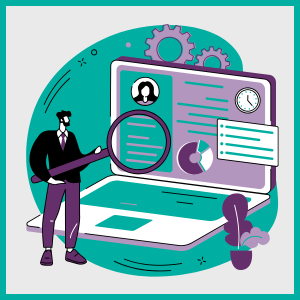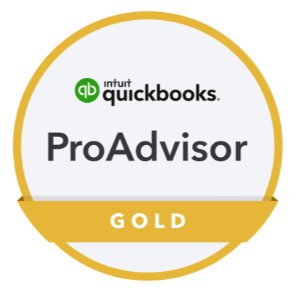It’s easy to get bogged down in the nitty gritty of the day to day running of a business, but to truly make your business a success you should ensure you are working to a clearly defined budget.
If you’re hoping to invest in your business with a new idea, such as a new website or enhanced marketing strategy, or looking to cut costs, it is essential to understand what your budget is before you take the plunge. No matter what you’re planning, without this key information at your disposal you will have little understanding of what you can accomplish, or, even worse, end up overspending and send your company into a financial freefall.
In this blog, we outline some key steps and considerations in helping you to understand your budget.
Understand your cash flow

Knowing what is coming in and out of your business is an essential first step to understanding your budget. Cash flow management comprises a major part of a budget, helping to inform future decisions and obtain business loans for bigger investments. Keeping your bookkeeping up-to-date will help you to ensure you are on top of your cash flow.
Know your revenue streams
How your business operates will determine where your revenue is coming from. For example, if you own a retail outlet, the main source of income will most likely be from the goods you sell. However, if you work in a service industry, there might be a variety of revenue streams, such as business courses or consultancy.
You can find out more about managing your invoicing and credit control on our blog here.
Have a handle on your expenses
There are two main forms of expenses: fixed and variable. Fixed includes things such as rent for office space or broadband connections, whereas variable might be telephone charges or travel costs. While variable costs will never be the same month on month, you should be able to understand how these fluctuate over time by studying outgoings over the last 12 months.
Account for larger one-off payments
Don’t forget to factor in one-off payments when planning your budget. Whether these are anticipated, such as investing in a new PC, or unknown, like emergency repairs, it is a good idea to set aside a contingency amount to ensure that these eventualities have been accounted for and you aren’t caught out by sudden, unexpected costs.
Stick to the plan
Once you have pulled all the information together, you will have a clear understanding of how much you should be budgeting for each item. More importantly, by utilising this information you can understand any profit and loss you are making. This will give you a chance to review available finances for spending in the future or make important decisions about whether a business loan will be viable.
Here at AMR we are experts at helping businesses of all sizes with their budgeting and cash flow requirements. If you have any questions about the contents of this blog, or you need professional bookkeeping advice, our friendly team will be happy to assist you. Get in touch and find out how we can help you and your business.







